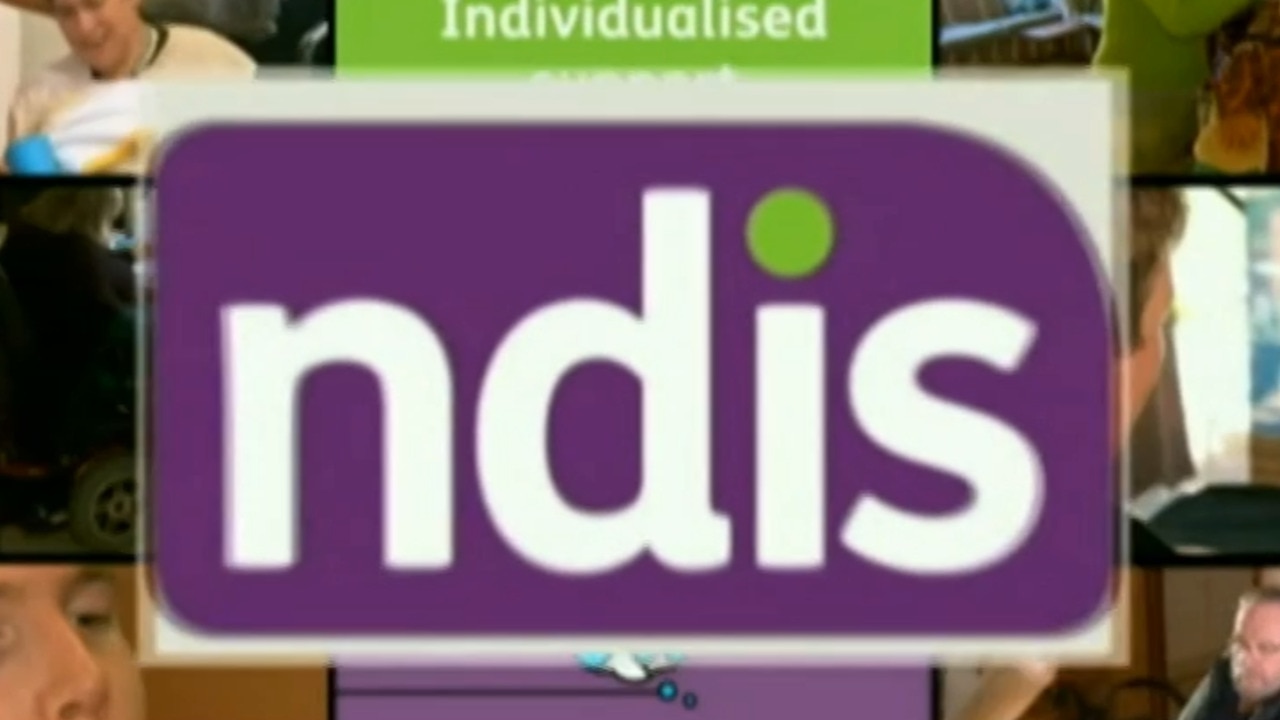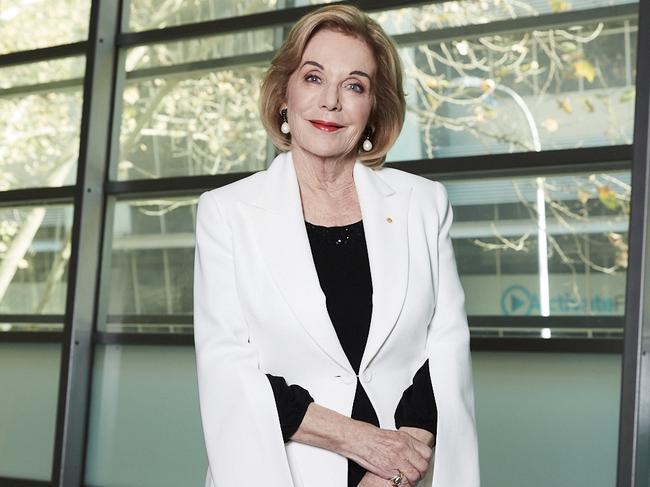Turning a blind eye will hurt NDIS and aged care
I have seen first-hand the vast difference between someone having access to sight-saving treatment and someone who has not.

National
Don't miss out on the headlines from National. Followed categories will be added to My News.
The risk of blindness threatens 80,000 people currently receiving sight-saving treatment unless state and federal governments collaborate to reduce treatment costs and access issues for older Australians.
A new economic modelling report, Investing to Save Sight: Health and Economic Benefits of Improving Macular Disease Treatment Persistence, has been launched by Macular Disease Foundation Australia.
It shows that an investment to save the sight of thousands of vulnerable Australians will save the government up to $2 billion over the next decade.
Since being introduced in 2007, anti-VEGF eye injection treatment has saved the sight of countless Australians living with age-related macular degeneration (AMD) and diabetic eye disease. On average, patients need between five to seven eye injections per eye each year, often for the rest of their lives.
However, 20 per cent of people stop treatment in their first year and 50 per cent within five years putting them at risk of severe vision loss or blindness.
If we can increase treatment persistence by 25 per cent, the sight of an additional 22,000 Australians will be saved, and billions of dollars added to the government’s bottom line.
Research shows that cost and access to treatment are the main reasons people stop having eye injections.
This includes being able to access affordable or bulk-billed treatment for low-income earners and pensioners, and treatment for those living in rural Australia.
I have seen first-hand the vast difference between someone having access to sight-saving treatment and someone who has not. My father Charles lost his sight to the advanced wet form of AMD.
He was diagnosed long before eye injection treatment was available and it was heartbreaking to watch things he loved so dearly, like reading and writing, quickly disappear for him.
His youngest brother by comparison, my 99-year-old Uncle Gerald, has lived with the same form of AMD for the past 17 years, He has received over 140 eye injections and to this day retains his vision and quality of life.

I appreciate that my uncle is one of those lucky ones who has had access to excellent care and a support network which has allowed him to persist with his treatment program. Many older Australians are not so fortunate.
For some of them, it’s a decision between having food on the table or receiving injections to stop going blind.
Based on the findings of the Investing to Save Sight report, Macular Disease Foundation is recommending three key areas for government to consider investment to increase treatment persistence up to 25 per cent.
This includes increased affordability. easier accessibility, particularly for rural Australians, and education and support programs to help people understand the importance of staying on treatment.
If state and federal governments were to absorb the cost for just one in four low-income earners and pensioners to stay on treatment, the government would benefit from overall net savings of up to $2 billion.
It would reduce the reliance upon the National Disability Insurance Scheme (NDIS) and the aged care system, which are under enormous strain.
While the government is focused on savings in the May budget, preserving the sight of people with macular disease is a positive investment ready for action.
The foundation’s recommendations are sound. I urge government to review this new report and consider older Australians who are at risk of going blind. We can and must do better.
Ita Buttrose AC OBE is Patron of Macular Disease Foundation Australia.
More Coverage
Originally published as Turning a blind eye will hurt NDIS and aged care



